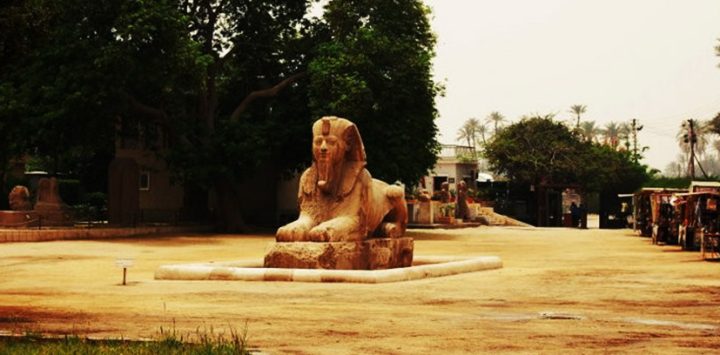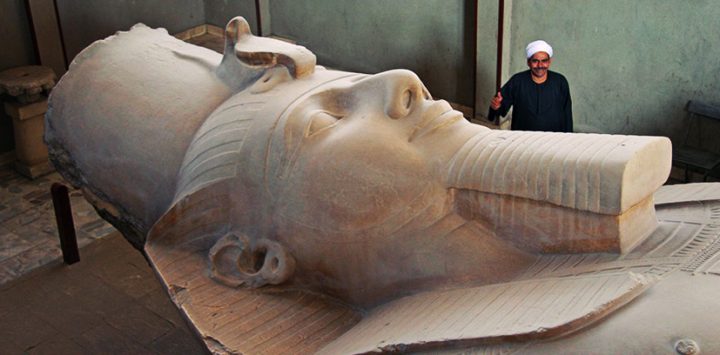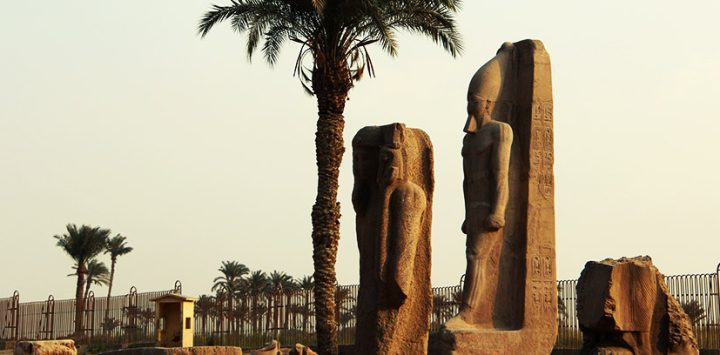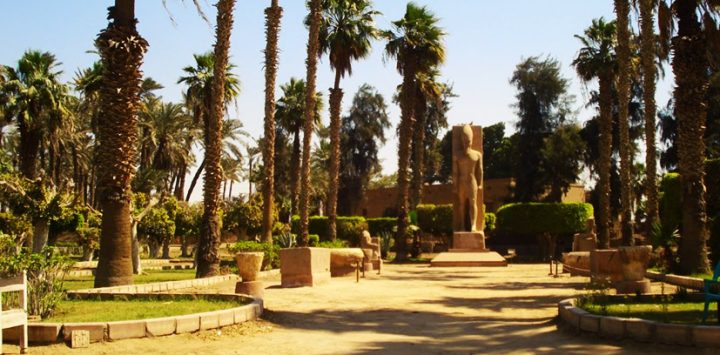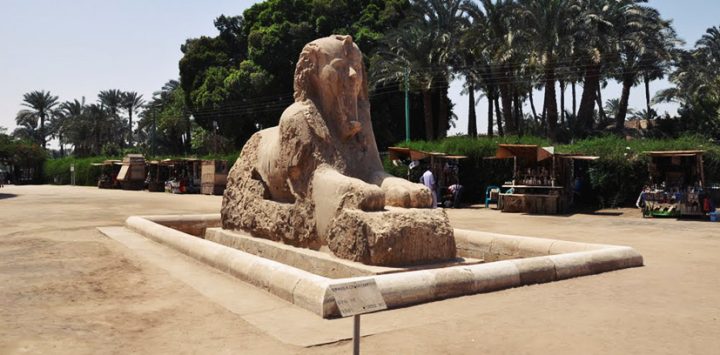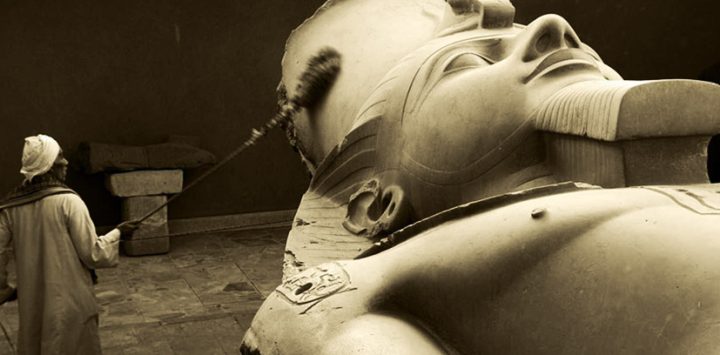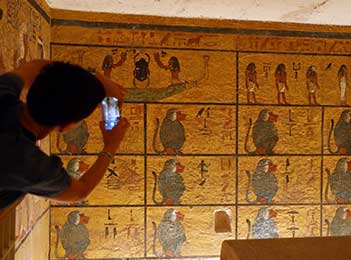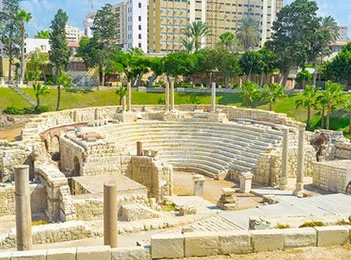The Builder of Memphis
Narmer or Menes are the names of this great king, brave warrior, and army leader, was the first king to unify Egypt and establish the first dynasty to begin the dynastic period in the Egyptian history.
Narmer is the king of Egypt who established Memphis to become the capital of Egypt in the ruling period of the first dynasty of the ancient Egyptian history.
In 1988, James Edward, the English archeologist was able to unearth the Narmer Palette, which displays Narmer taking control of Upper and Lower Egypt. This was why he was believed by all Egyptologists that he was the unifier of Egypt.
The Egyptologists and history scholars have a prevalent unanimity that Narmer was in fact Menes. However, many historians believe that Narmer started the process of the unification of Egypt, however, he was killed before the completing it and his successor, and King Menes continued it. However, due to some historical records found in the ancient historical site of Abydos , it was now proved that Menes was in fact Narmer.
Geographical Location of Memphis
Narmer carefully chose the location of his new capital, Narmer, to be in the middle between Upper Egypt in the South and Lower Egypt in the North. Memphis is situated to the West South of Cairo, the Egyptian capital in a perfect location where the Nile Valley ends and the Nile Delta begins.
Narmer chose this exact location in order to be able to control the two kingdoms of Upper Egypt and Lower Egypt all together. Memphis is located near many important historical sites in Cairo. This includes the Pyramids of Giza a, the ancient Necropolis of Saqqara, Dahshour, and Abu Sir.
The History of Memphis
The City of Memphis was constructed in the reign of the King Narmer, the founder of the first dynasty in the ancient Egyptian history in the period between 3200 and 3000 BC. The city was called many names like the White Wall, the beautiful city, and the avenue of the sphinxes. The Greeks, when they took control of Egypt named the capital of Egypt at that time; Memphis. The city of Memphis remained as the capital of Egypt until the reign of the 8th dynasty.
Since the establishment of Memphis, the city has become one of the most important centers of civilization and a commercial hub in the Old World. This was due to the fact that Narmer has chosen this location that is situated between the Delta and the Nile Valley, brilliantly. This resulted in the increase in the number of inhabitants living in Memphis and the widening of its lands.
Although the ruling period of the New Kingdom at the beginning of the reign of the 18th dynasty witnessed that the kings and rulers of ancient Thebes kicked the Hyksos out of Egypt, Memphis was still a very important city of Egypt at that time even in spite of the fact that the capital was relocated from Memphis to ancient Thebes; Luxor today.
Memphis during the ruling period of the New Kingdom and until the reign of the Romans has turned in a learning center where many princes and members of the royal family received their education and training. The most famous among these who received their education in Egypt was Amenhotep II who was fully educated in Memphis and became the highest priests of Northern Egypt afterwards.
The Description of Memphis
Although the city of Memphis was established in the 32nd century BC and flourished during the ruling period of the Old Kingdom of Egypt, all the displays we see today in the open-air museum of Memphis date back to the period of the New Kingdom.
The most important highlight displayed at the open-air museum in Memphis is the huge colossi of Ramses II that is 33 meters long carved out of limestone. Although the legs of the statue are missing, it is too huge to the extent that it was kept in a building especially created for it where tourists spending their holidays in Egypt can move around the statue from above.
Another remarkable display in the open-air museum is the alabaster sphinx which was constructed in the period between the 14th and the 17th century BC in the ruling period of the 18th dynasty, the New Kingdom of ancient Egypt. With the length of the statue being 8 meters long and 4 meters high, the alabaster sphinx is one of the most attractive displays in the museum of Memphis.
Away from these marvelous displays, the exhibits at the open air museum in Memphis include large statues of gods and goddesses like Amun and Hathor, goddess of beauty. This is besides some other statues of king Ramses II, other kings of the new kingdom, and many stone tools that were used at that time.
A visit to Memphis, the first capital of Egypt, is a must for any traveler visiting Egypt who is fond of the ancient Egyptian history and architecture. The Colossi of Ramses II is truly magnificent. This is besides the fact that the travelers touring Egypt would witness the place where the first capital of Egypt was established.

